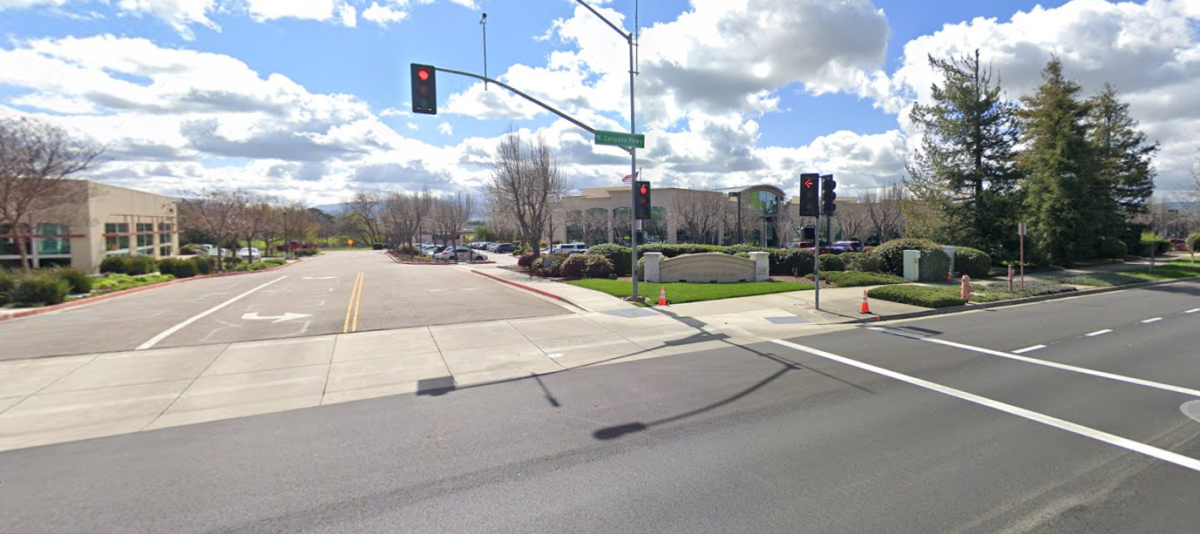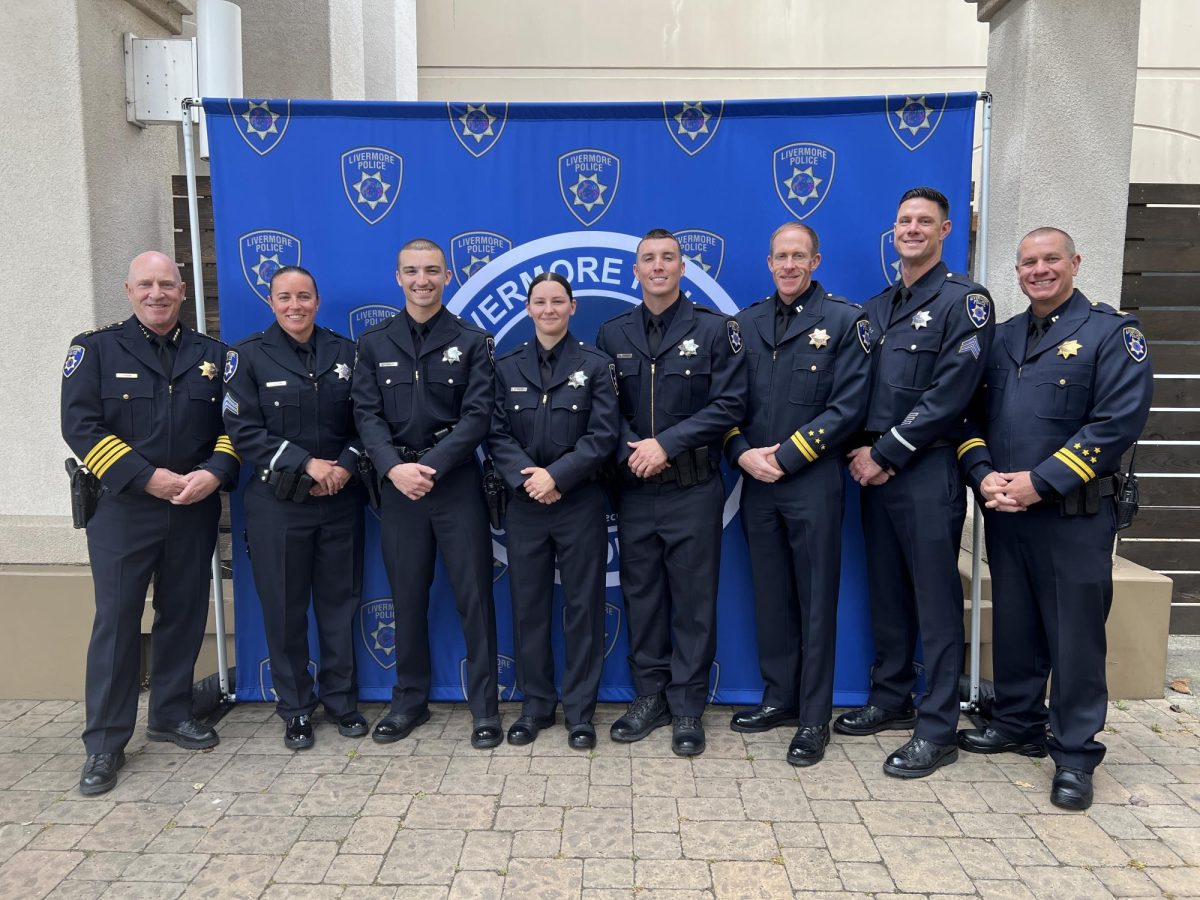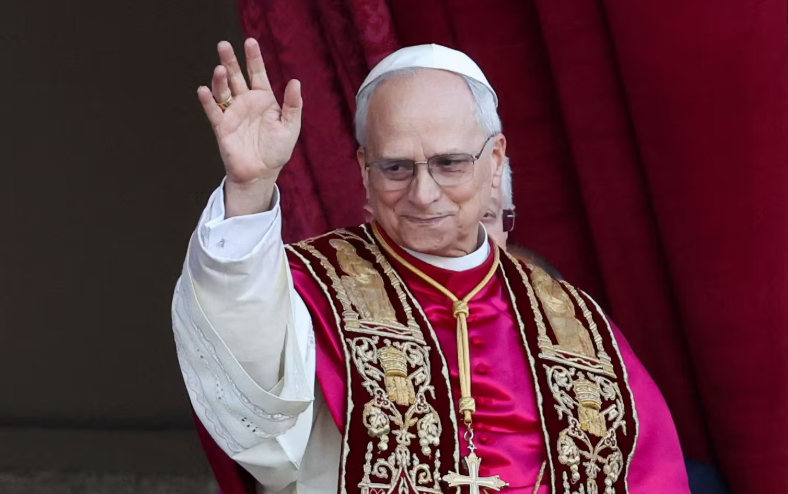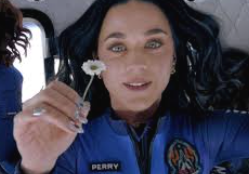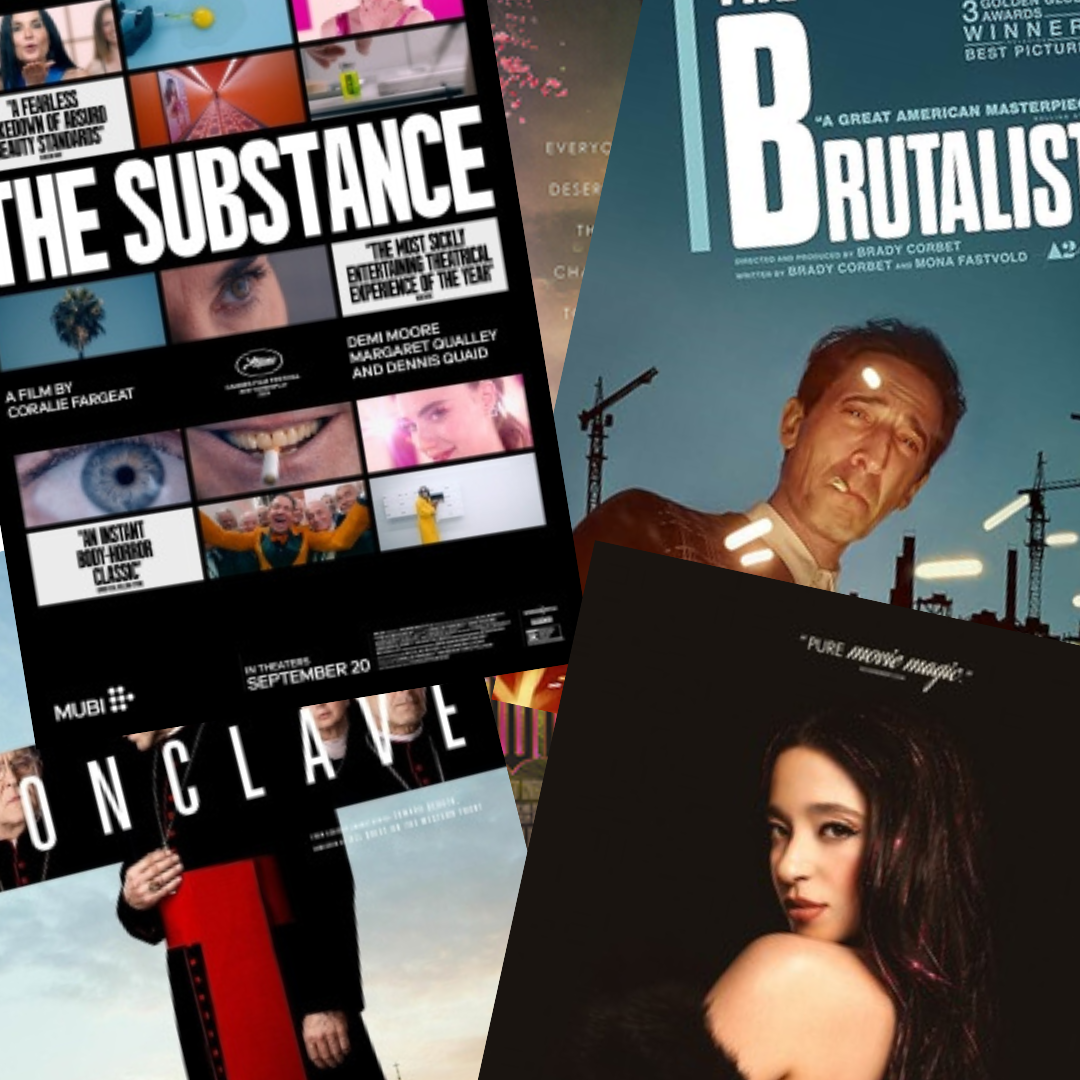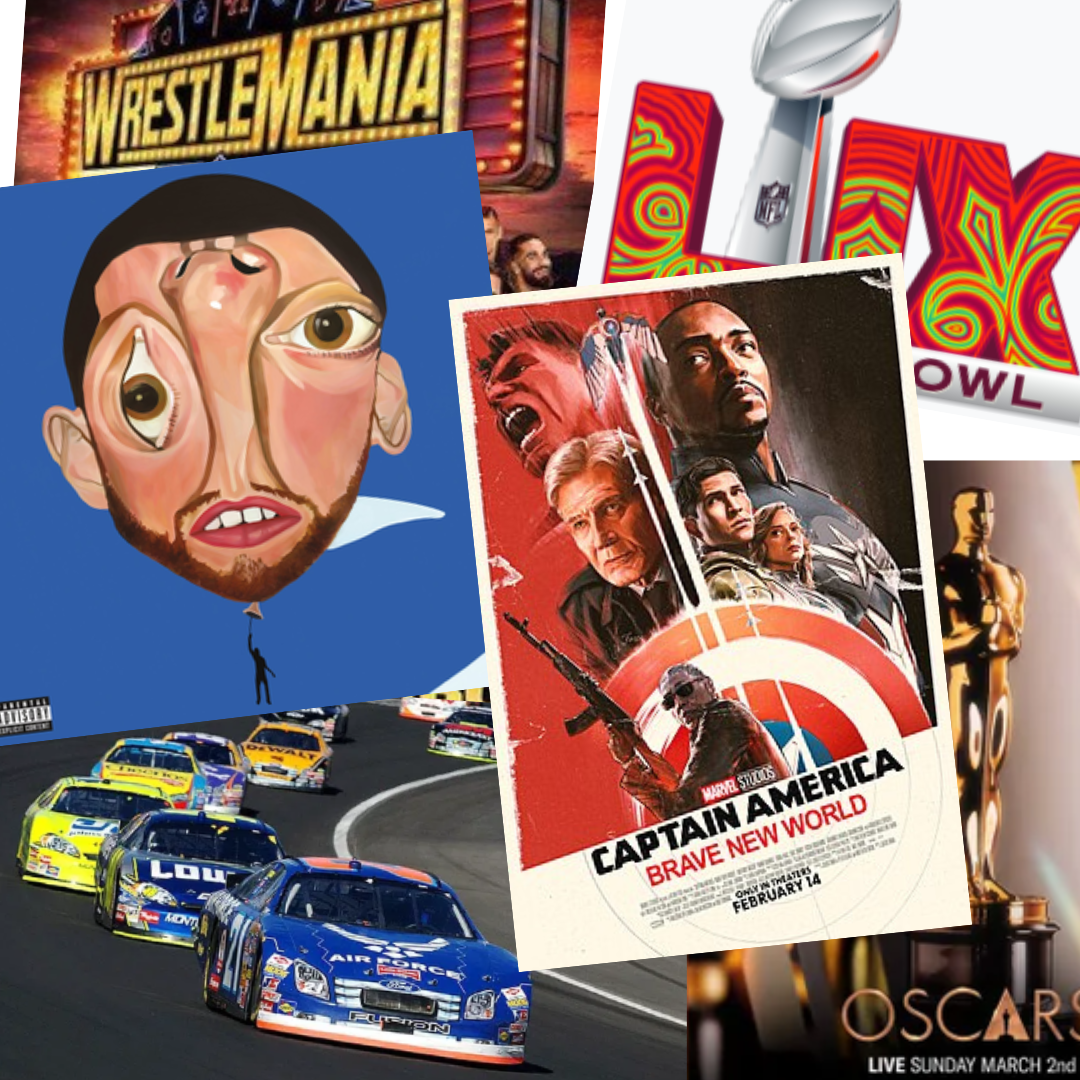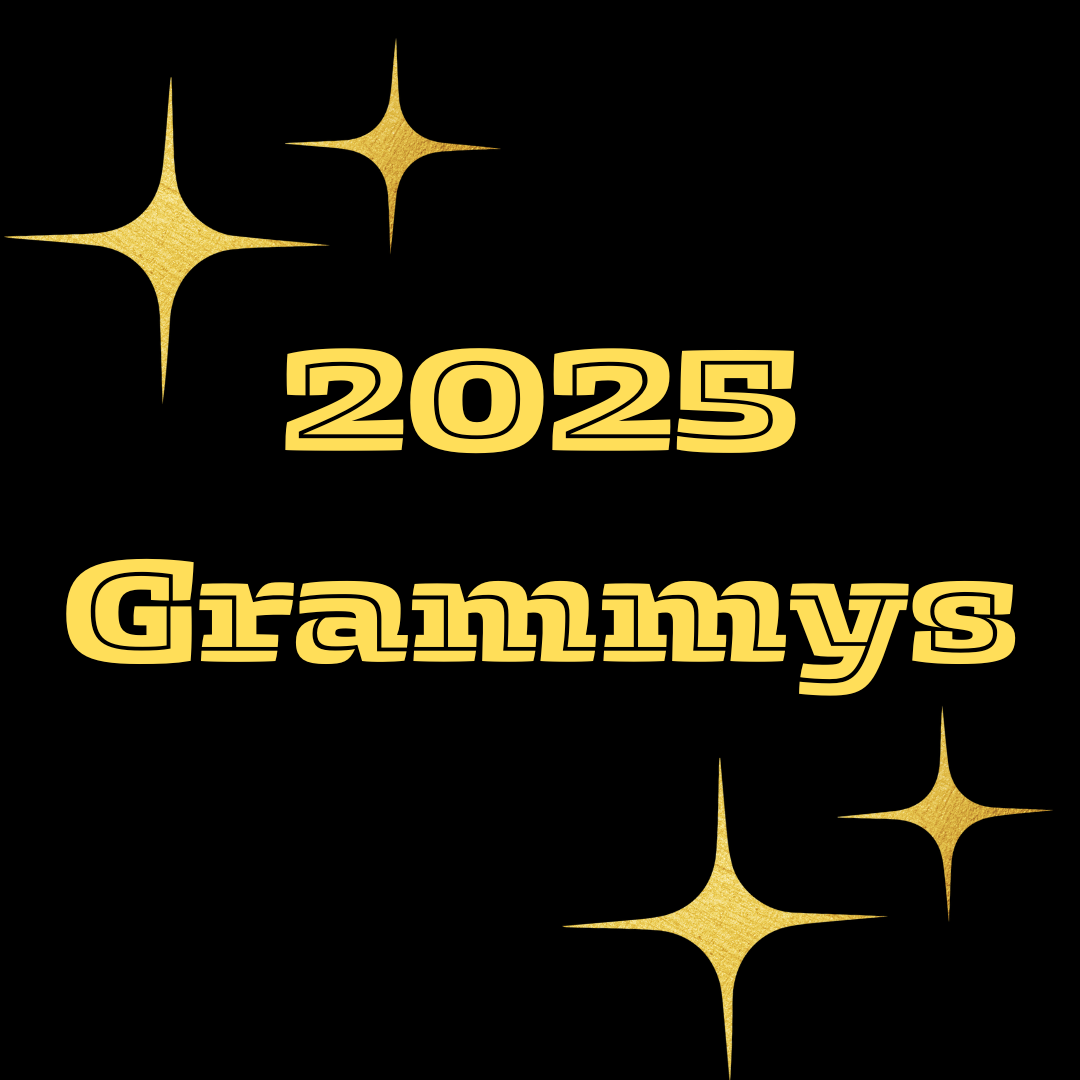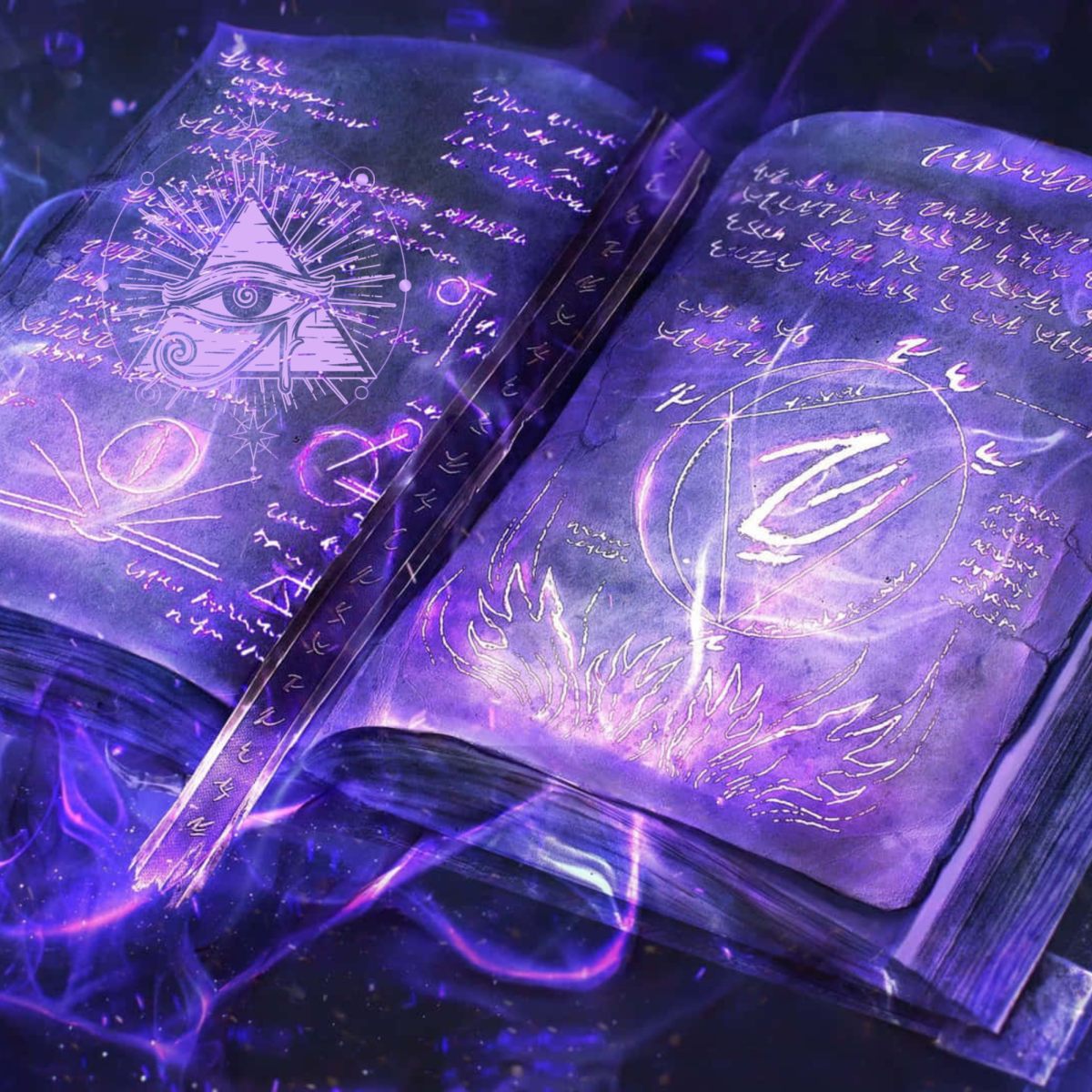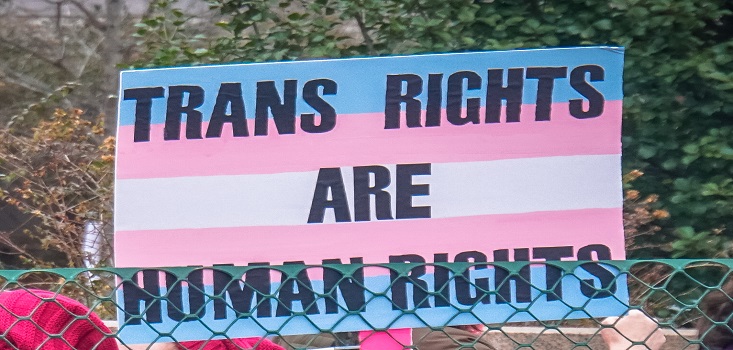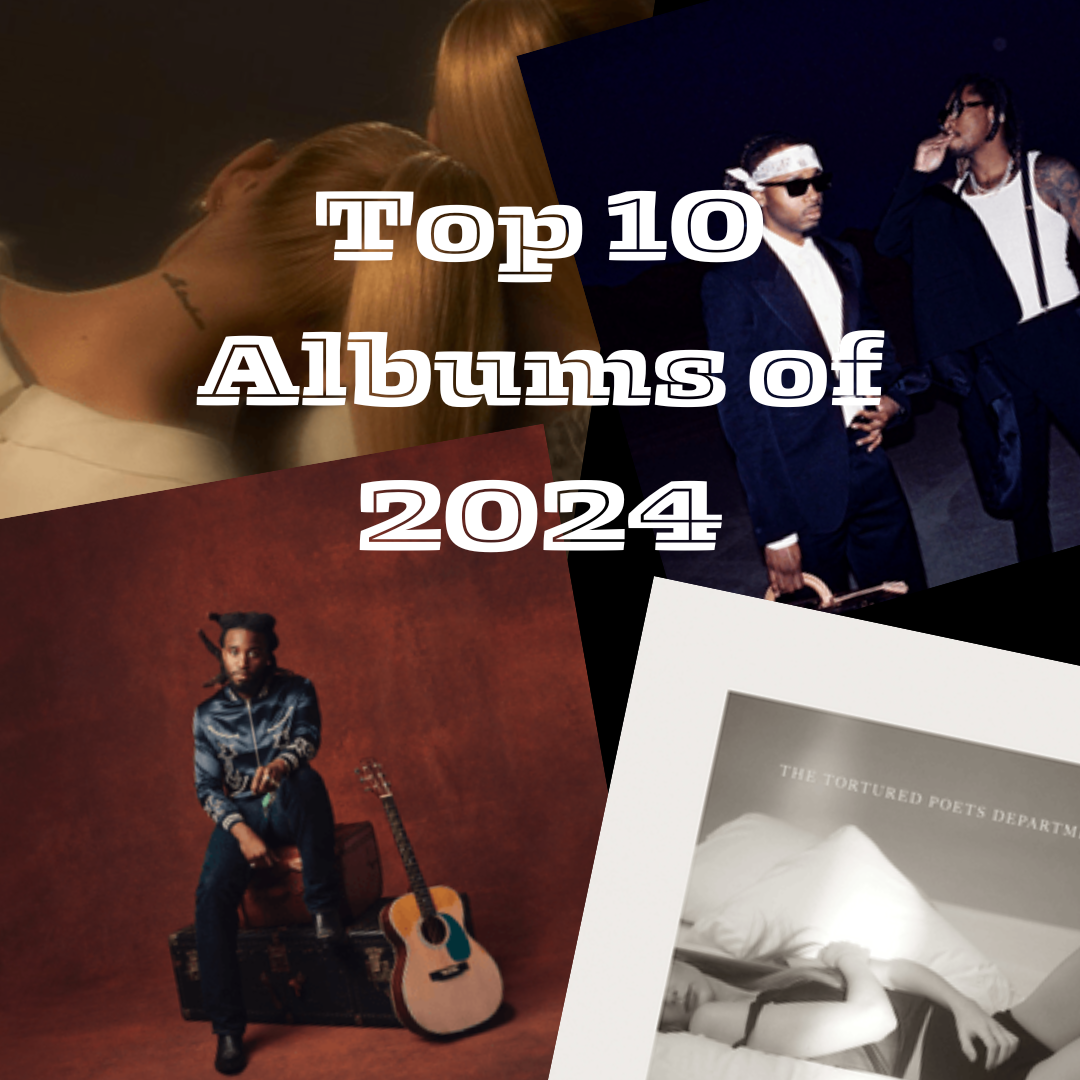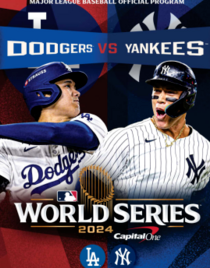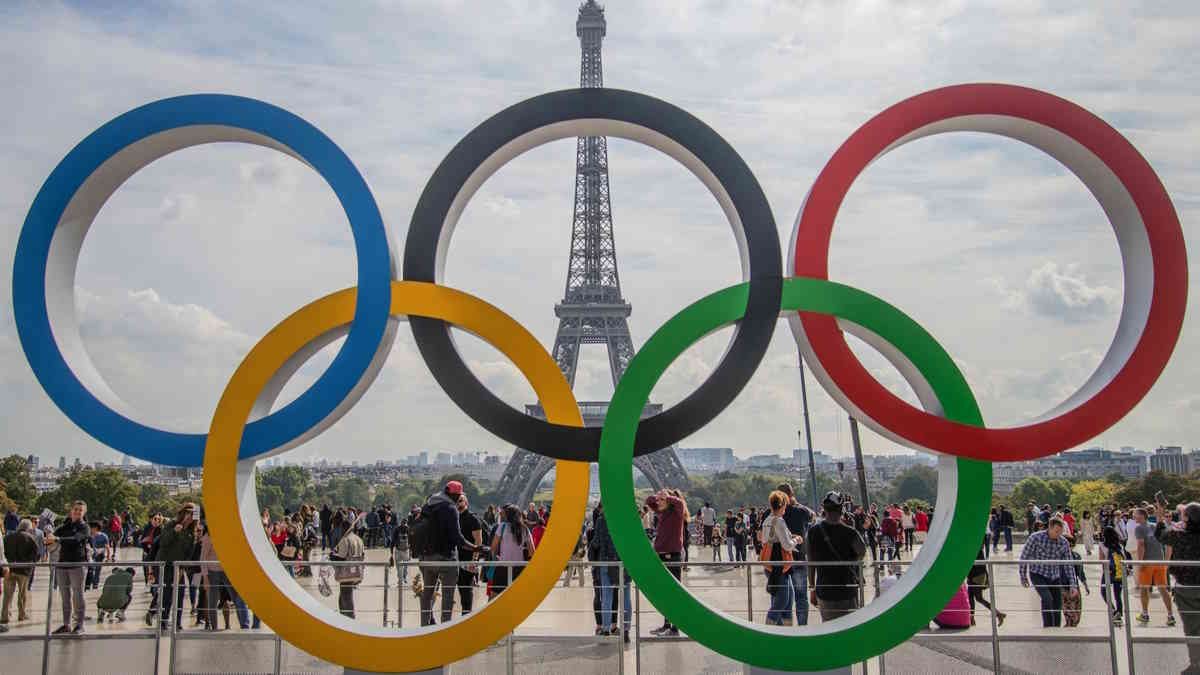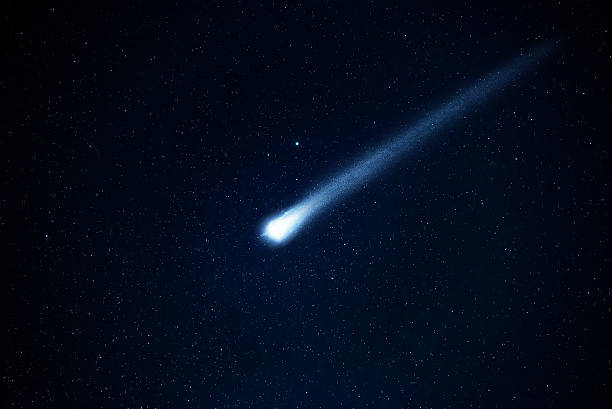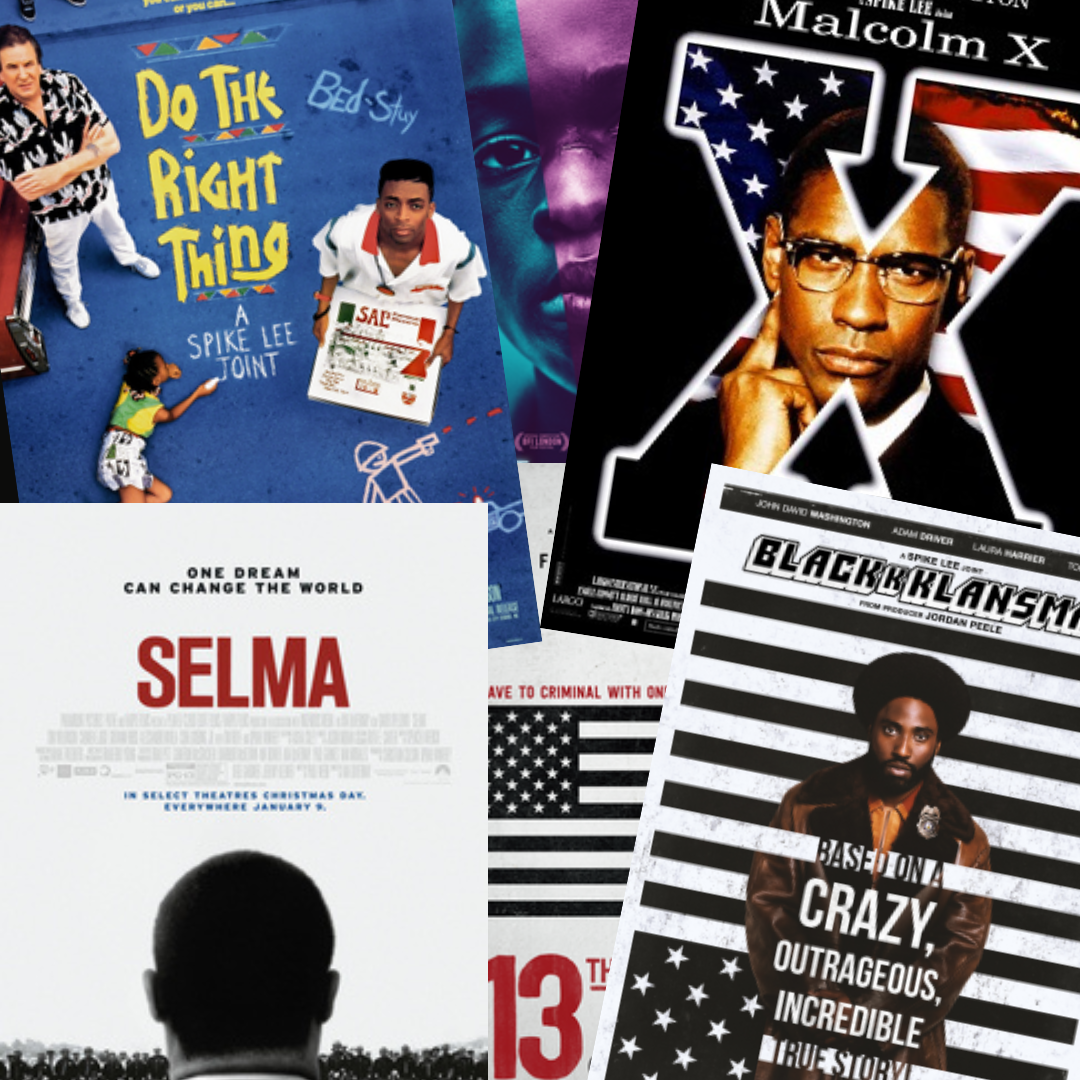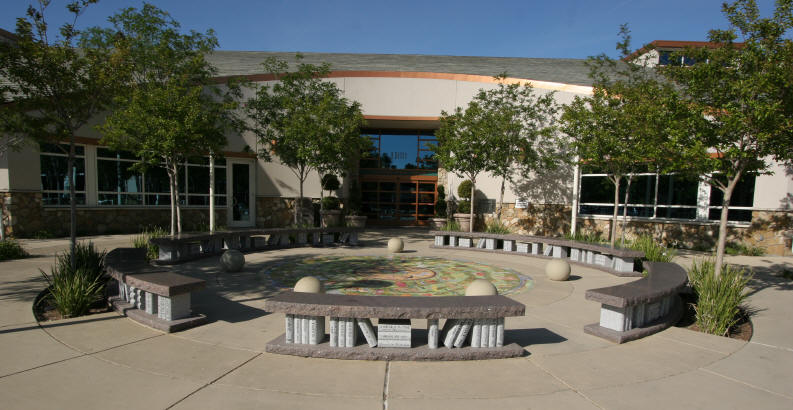As the mid-seventies slowly crept into the late-seventies, there was a question as to whether the decade of auteur-driven masterpieces was fizzling out. 1977 saw instant classics coming out fewer and farther between, and more films like The Deep and A Bridge Too Far found themselves among the top-grossing of the year.
When 1978 rolled around, however, it affirmed why the 70s was the best decade for filmmaking. From instant classics like Halloween and Grease to arthouse gems like Autumn Sonata, 1978 ended up being one of the most diverse years for film.
The five greatest films are as follows, judged based on artistic merit, entertainment value, originality, and modern-day relevance.

5.
Shao Lin San Shi Liu Fang
(or The 36th Chamber of Shaolin)
Fighting oppression in China, Liu narrowly escapes a violent massacre carried out by the Qing Dynasty. Dedicating his life to avenging the deaths of his people, Liu begins intense training at the Shaolin temple to learn kung fu.
Thus begins The 36th Chamber of Shaolin, considered by many to be one of the greatest martial arts films of all time. This is for a lot of reasons. Storywise, it’s nothing particularly special. However, structurally, Lau Kar-leung makes one of the most audacious choices with his film. Instead of getting over Liu’s progression from amateur to expert over the course of a highly condensed montage, an entire hour of the film is dedicated to his training. This structure is an unconventional, yet incredibly rewarding, way to tell this narrative.
The action choreography is incredible. On rewatch the word that stuck out to me the most was “pure”. Few martial arts movies are as focused on the martial arts in question as this film. The action is so fluid, yet it features that distinct imperfection and grit that can only be found in practical stunts.
Beyond the action spectacle, The 36th Chamber of Shaolin is a searing, sophisticated political film. A loose retelling of a real Shaolin martial arts disciple, the film immortalizes the fight of oppressed individuals against their governments, dating as far back as the 18th century.
Hip-hop collective the Wu-Tang Clan titled their first album after the film, called Enter the Wu-Tang (36 Chambers). RZA, who also sampled the film throughout his career, described the eye-opening experience of first watching the film. “As a black man in America, I didn’t know that story existed anywhere else.”
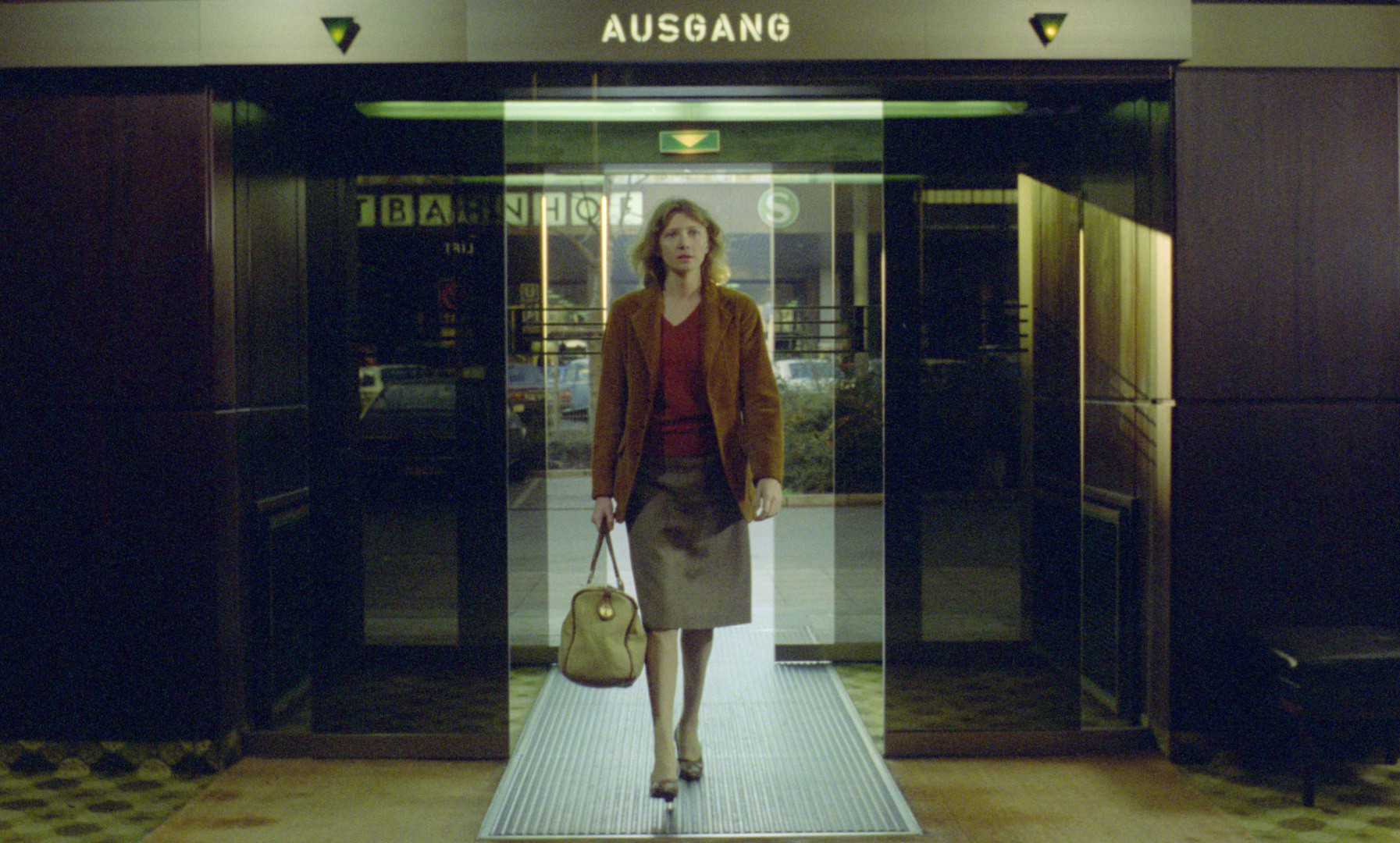
4.
Les Rendez-vous d’Anna
(or The Meetings of Anna)
Chantal Akerman is one of the very few filmmakers who could have three films in contention for greatest 70s movie (Francis Ford Coppola and Andrei Tarkovsky are the two others that come to mind). Unfortunately, a majority of people seem to not even know her name.
Like her masterpiece Jeanne Dielman, The Meetings of Anna is a uniquely cinematic and deceptively simple story. Aurore Clément plays Anna, a detached filmmaker who has several encounters with various individuals while promoting her new release. Through these conversations, a complex, underlying theme is revealed.
I want to avoid spoiling what exactly the above throughline is, but that makes writing about why I chose The Meetings of Anna as one of the most important films of 1978 a difficult task. It has its finger on a specific wavelength at the time, an attempt to move beyond a certain event in the all-too-recent collective memory. Like an intrusive thought, it only becomes more powerful the more you try to run away, and soon everything in your life seems to come back to it.
Anna is a very alienated woman. Akerman doesn’t show this textually but through filmmaking and shot composition. Like Scorsese did with Travis Bickle in Taxi Driver, Akerman knows that the most powerful qualities are the ones left unspoken. In Taxi Driver, it is Travis Bickle’s racism. In The Meetings of Anna, it is Anna’s loneliness. She struggles to connect with any of the people around her, who seem to morph her personality to whatever benefits them the most. This loneliness is also demonstrated through the camera, and Akerman’s cold, objective lensing. It is never spoken because Anna would never admit it, but it is impossible to not notice as a viewer.
The Meetings of Anna is a profound film that shows how we can be even more haunted by something if we try to ignore it, whether that be world history or crippling loneliness.

3.
Animal House
Animal House is an electric, laugh-out-loud comedy that practically pioneered an entire subgenre: gross-out comedy*. This genre ranges from surprisingly substantive and cutting edge like Borat, to detestable garbage like any of the American Pie sequels, to authentic and energetic like Superbad, to guilty-pleasure films like a certain 2001 Razzie Award-winning cult masterpiece of anti-humor (the name of which I would get flagged for even writing). However, this is the one that started it all.
Sporting a phenomenal cast led by the great John Belushi, an extremely talented group of writers, and a talented director John Landis, the film is likely to win you over with its sharp wit and outrageous laughs.
However, to say that Animal House is just a gross-out, shock comedy would be doing it a disservice. Set in 1962, the film subverts the rose-colored nostalgia present in Grease for a less-than-flattering portrait of the past. A chaotic, gross, vulgar, beer-guzzling time when meat-headed frat bros who thought with their reproductive organs first and brains second reigned supreme. Everyone was awful.
While the characters may be offensive, misogynistic, crass, racist, and homophobic, it’s clear the team behind the film knew what they were doing.
In our current age of rampant nostalgia and cringeworthy mythologizing of the past, it is pretty safe to say that we need an Animal House right now. If you want to look back at the past, look back at all of it.
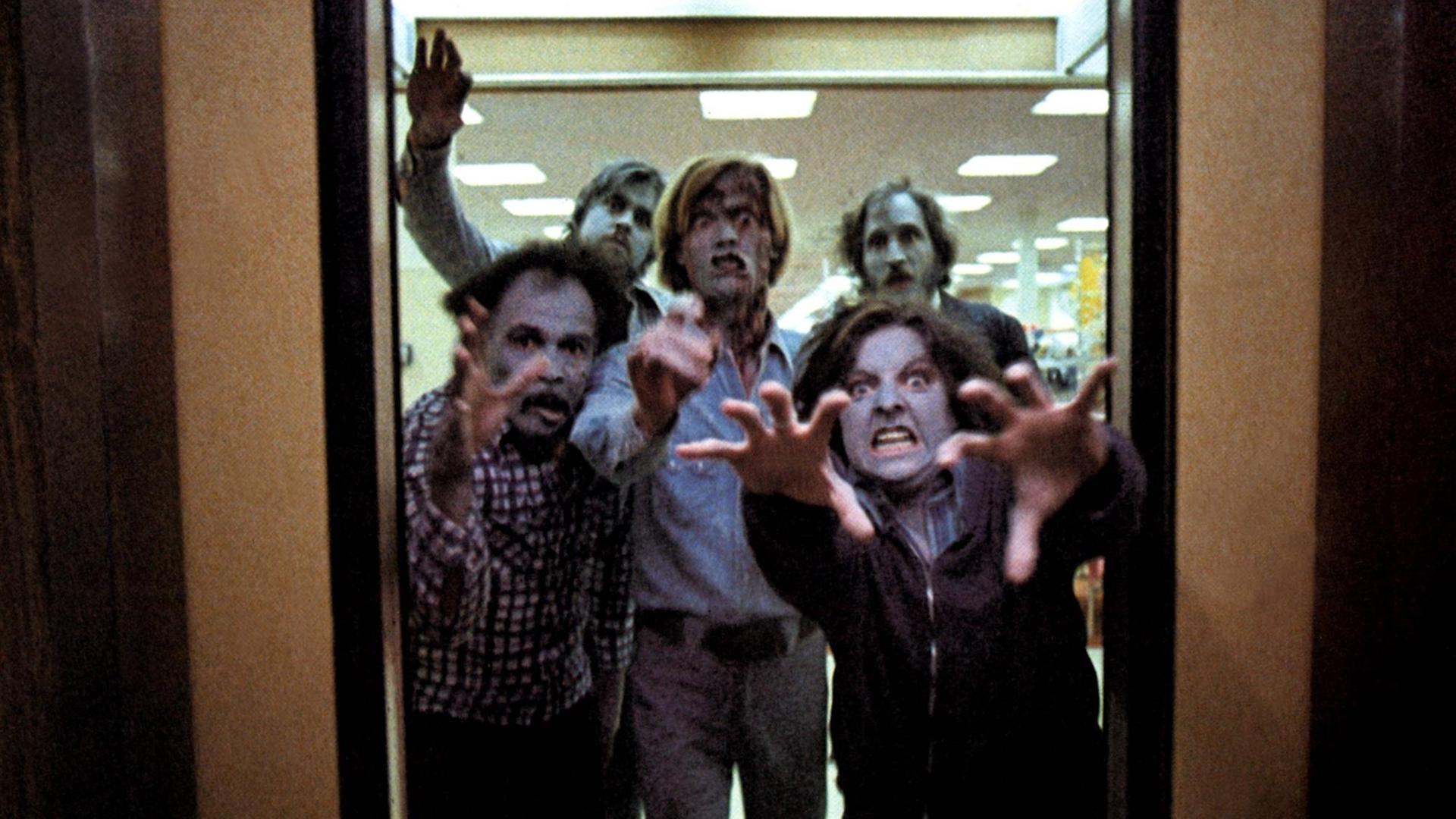
2.
Dawn of the Dead
Talk about a classic.
Dawn of the Dead is at once a gory, outrageous, bloodthirsty zombie action flick and a sharp commentary on consumerism.
Each entry in the George Romero Living Dead trilogy (everything after the first three films should be considered non-canon) could make a case for being one of the greatest films of their respective years.
The joy of George Ramero’s sequel to Night of the Living Dead cannot be replicated by anything other than watching it for yourself. This film may not be as culturally significant as its predecessor, but it is rightfully hailed as one of the greatest horror films of all time. A traffic reporter, a TV executive, and two SWAT team members flee a zombie apocalypse by locking themselves up in an abandoned shopping mall. However, as time continues to pass, they quickly come to learn that seclusion is not the same as safety.
Brilliant social commentary, marvelous effects, immortal filmmaking, endless creativity, and great performances hold together some of the craziest, goriest sequences put to film in the 70s. It is smart, outrageous, scary, gory, action-packed, memorable, and funny. What more could you ask for?
*Cult films like Pink Flamingos aside, Animal House was the first wide commercial success.
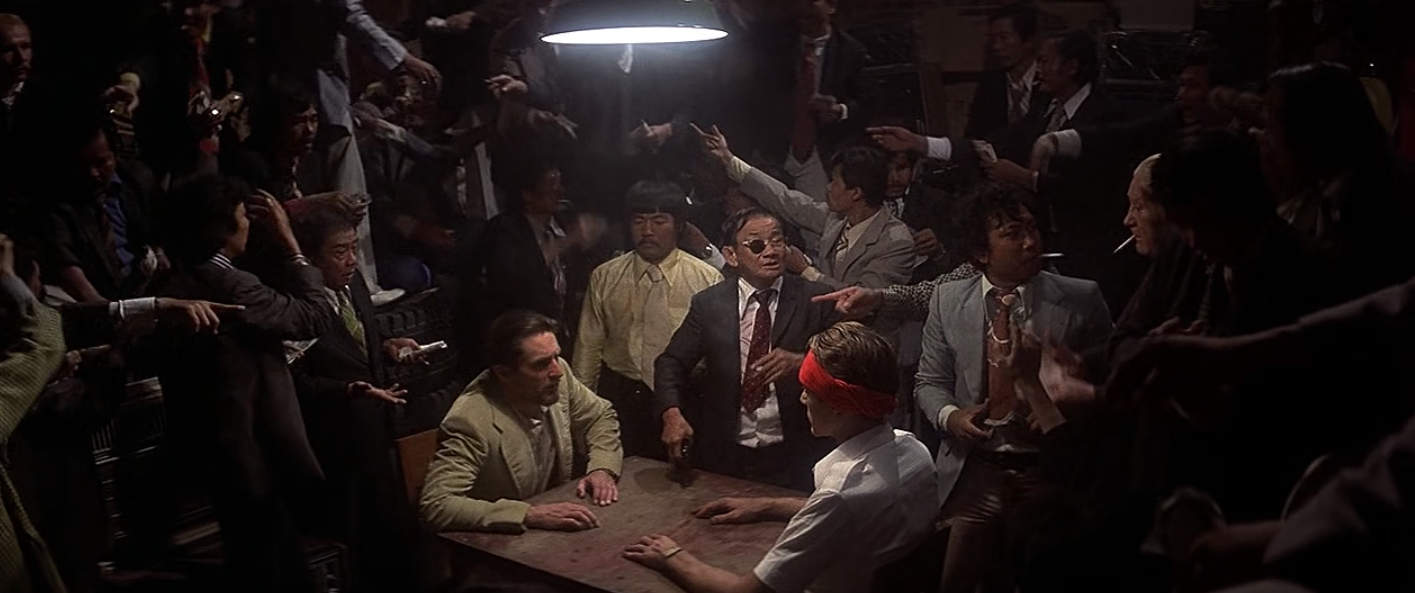
1.
The Deer Hunter
It might be a bit of an eye-roller to see the Best Picture winner take the top spot, but nothing else deserves this title more than The Deer Hunter.
Michael Cimino’s riveting, brutal war drama is a harrowing, unforgettable watch. For such a popular film, The Deer Hunter is surprisingly ambitious, fully immersing itself in rich cinematic atmospheres. Vilmos Zsigmond’s photography is unreal. Vietnam only takes up about a third of Cimino’s three-hour epic, which is sprawling in its characters and scenes.
The film features an unbelievably talented cast of Robert De Niro, Christopher Walken, John Savage, John Cazale, and Meryl Streep.
Its most iconic scene involves an almost nauseatingly tense Russian Roulette sequence. It is one of those iconic film moments that you can only experience for the first time once.
To say anything else would be to ruin a transcendent cinematic experience. Please seek this one out.
I would like to end this write-up with an excerpt from Stephen Farber’s top 10 list in New West Magazine.
“In terms of sheer impact, this is the best movie of 1978; it restores power and urgency to the screen. And it could have an effect on the industry equal to its effect on audiences; it may prove that there is a market for movies with a mind—movies that scald rather than soothe.”

